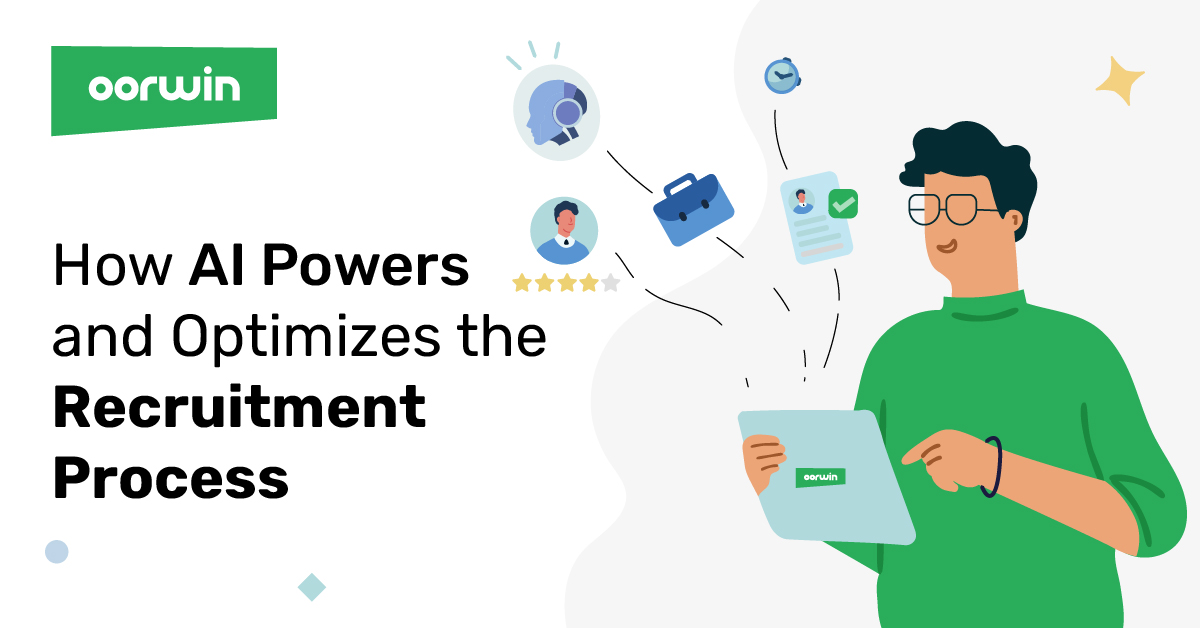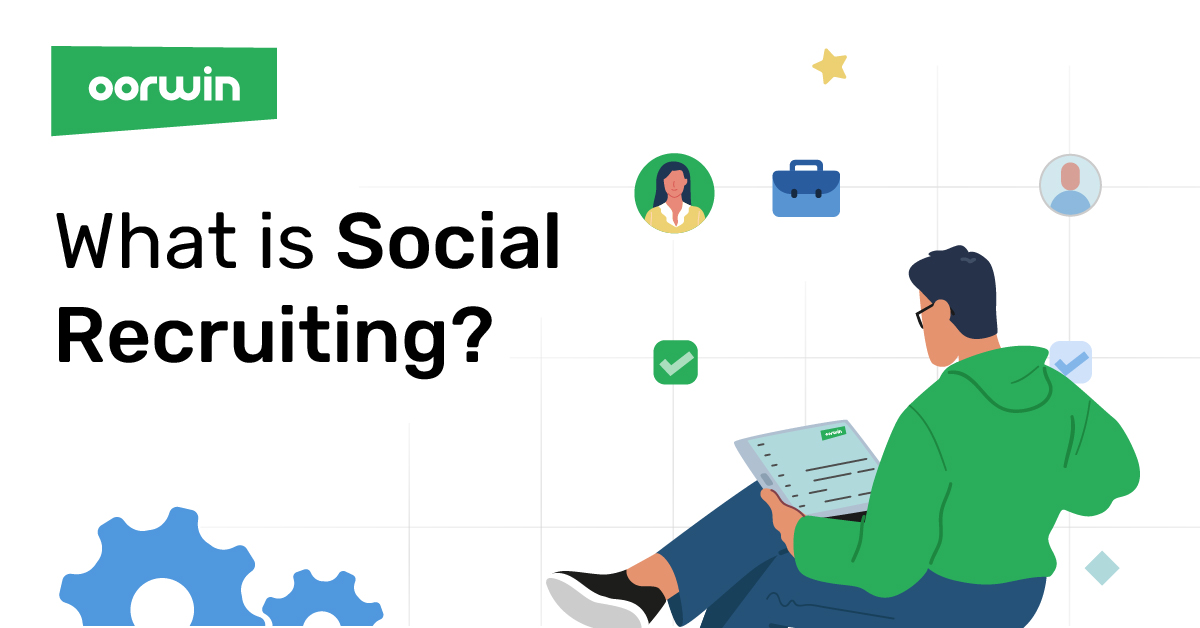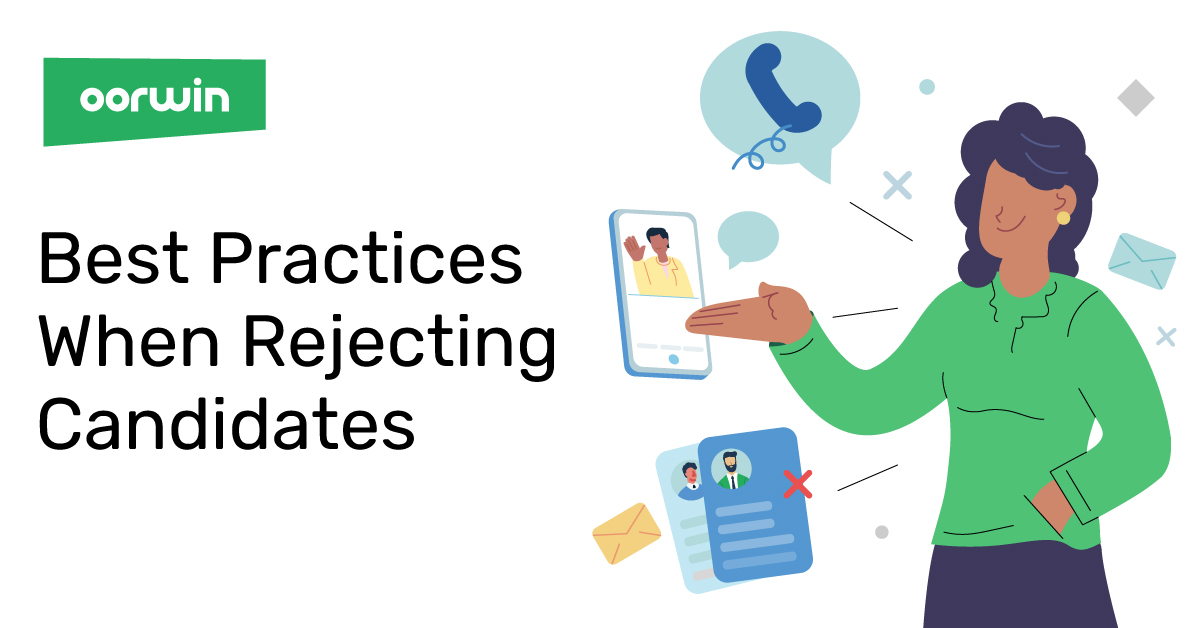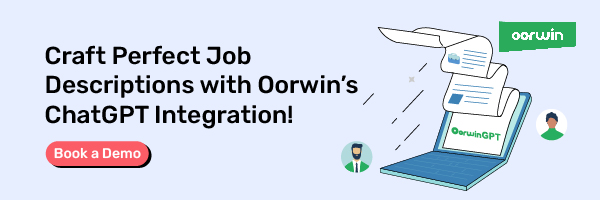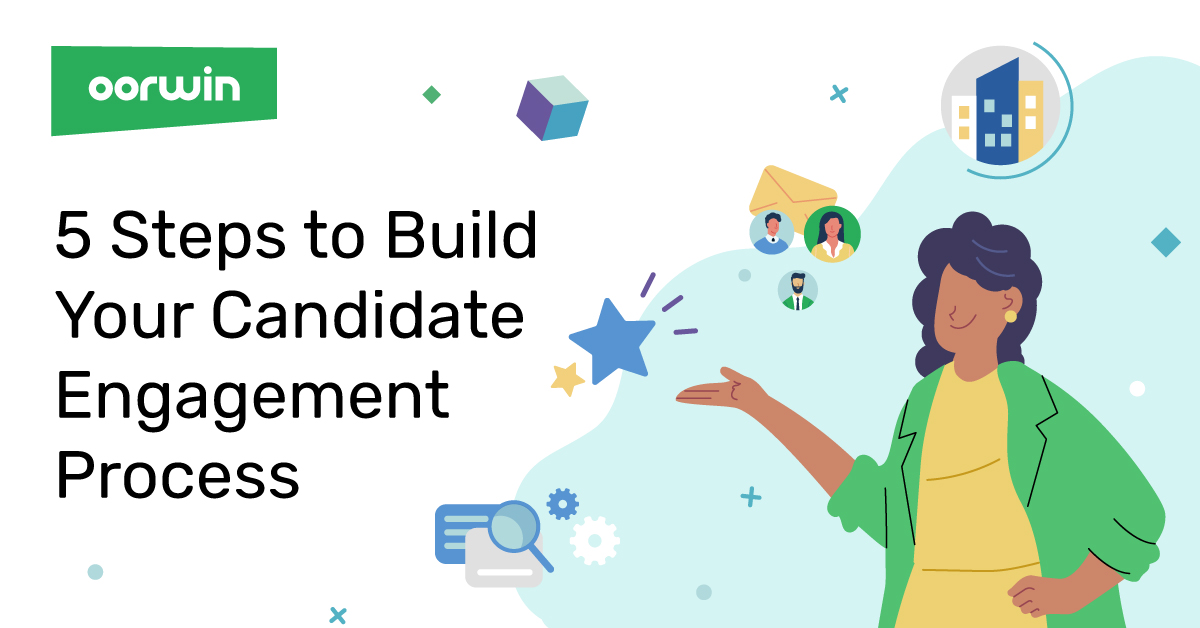How AI-Based Tools Help in Recruitment Process Optimisation
Recruitment has always had its challenges. It is expensive and time-consuming, and finding the right candidate with the right skills for open positions can be challenging. However, your team can get ahead of the curve using the latest AI technology throughout the recruitment process to find, screen, and secure the best talent in your industry.
We’ll share how to develop and optimize the recruitment process to save time and resources while using advantageous AI methods to discover talent that might otherwise go unnoticed. You’ll learn how AI transforms and enhances the recruitment process so you’re systematically getting the best talent.
Enhance Your Recruitment Process Optimization with AI-Based Recruitment Tools
Organizations continuously seek ways to optimize recruitment process in today’s competitive job market. Artificial Intelligence (AI) is an up-and-coming technology that can aid this undertaking. Using AI-based recruitment tools is revolutionizing the recruitment process, improving efficiency, cost-effectiveness, and reliance on data.
Every aspect of recruiting improves with updated processes, but these are the most significant benefits you’ll see:
Improve Recruitment Process Efficiency
AI-powered candidate sourcing allows you to integrate your keywords and ideal candidate match points with its search tools.
As the applicant tracking system searches social platforms, job boards, and other integrated sites, it will pull the top candidates for further screening and review. This allows faster sourcing and overall process efficiency improvement.
Improve Job Acceptance Rates
They don’t always accept the position, even when you find the perfect candidate. Many recent hires state that transparent communication and a straightforward recruitment process helped them decide to come on board.
AI recruiting tools enable you to deliver this experience to all candidates and hire more excellent talent through fast and automated updates.
Increase Team Diversity and Inclusion
Artificial intelligence tracks data from all candidate sourcing and recruitment efforts. You can reduce the effects of human bias in your recruitment process by setting specific hiring metrics and reviewing aggregated data through AI-powered tools.
Additionally, you can utilize automated candidate matching to align internal and talent pool individuals with potential positions to round out teams.
Stand Out in the Job Market
The best candidate for any open position will likely be selective about what job they accept. Modern applicant tracking systems powered by AI recruiting tools ensure you quickly connect with top-qualified candidates to link them with the right jobs.
Finding candidates faster through this process ensures you stand out as an early option and get ahead of other companies.
How AI Tools Helps Through Every Step of the Recruitment Process Optimization
Recruitment process optimization is a challenging part of business, but it doesn’t have to be. Using AI tools to optimize the recruitment process at every point will grant you the benefits discussed above.
Step 1: Preparing to Hire New Talent
As you prepare to hire new talent, you’ll be working to define the perfect candidate, decide how to find that candidate and determine what metrics you will use to gauge their fit with your position. Many factors are in play between “hard” metrics like experience and “soft” ones like culture fit.
AI-powered predictive analytics will help your team set realistic expectations for your market, positions, and business needs. From assessing the probability of finding a candidate to determining a competitive salary for the job, AI-enabled tools help begin the recruitment process optimization.
Step 2: Sourcing Talent
Sourcing talent is often time-consuming and expensive as recruitment teams want to find as many candidates as possible. This is one of the most intensely improved areas when implementing artificial intelligence to optimize recruitment process.
AI-powered tools harvest resumes from popular job boards while searching talent pools internally for ideal candidates. Intelligent matching highlights similar candidates to those already selected, and the smart ranking also ensures no experience options are missed.
Step 3: Screening Candidates
Only some applicants are going to be a good fit for your position. Screening, especially with many applications, is labor- and time-intensive. However, it’s an essential and critical part of recruitment process optimization, so it’s hard to imagine how to streamline this process further.
Patience and interviews will be necessary, but AI-enabled screening can jumpstart the process. ATS tools in the Oorwin system rank candidates by your chosen metrics, such as skills or experience.
You also have the option to enable AI chatbots that pre-screen potential matches, further eliminating candidates that don’t fit your business needs. With AI-powered matching, your team screens and ranks candidates more efficiently than ever.
Step 4: Selecting Qualified Candidates
Interviewing all potential candidates is next once you’ve narrowed down your list. Resumes only reveal part of the story – your next job is to determine if their skills, experience, and characteristics make them an appropriate hire for the open position.
While interviewers must be insightful in their questioning and analysis of each candidate, enhanced technology can still assist in this process. Customized applicant tracking workflows enable your team to set up guidelines for your recruitment process optimization so the streamlined experience doesn’t leave anything to fall through the cracks.
Step 5: Hiring Top Talent
Finally, you’ll want to hire the best fit for the position. All the effort put into sourcing, screening, and selecting applicants will not go unused.
AI-enabled recruitment tools monitor these selections and which metrics are most important, allowing the recruitment process optimization to improve every time a new hire occurs.
Step 6: Onboarding Your New Hires
Onboarding new hires includes orientation, training, integration with the team, and much more. Every organization should have a detailed onboarding process, which can be included in your customized recruitment workflow.
Recruitment cannot be successful if these hires quickly leave their new positions. The information learned through the recruitment optimization process should be tracked and applied appropriately during onboarding.
AI-powered search tools allow recruitment teams to apply anonymous feedback gathered from applicants and new hires quickly. Don’t miss out on this chance for constant improvement.
Overcoming Challenges in Implementing AI-Based Tools for Recruitment Process Optimization
Implementing AI-based recruitment tools can revolutionize your hiring process optimization, but it’s not without its challenges. In this section, we explore key obstacles that organizations encounter when integrating AI solutions.
Addressing Data Privacy Concerns
Ensuring data privacy is crucial when integrating AI tools. To build trust, employers must establish robust data protection measures, adhere to legal regulations, and communicate transparently with candidates about data usage.
Training and Adoption by Recruitment Teams
Successfully implementing AI tools requires training and collaboration among recruitment teams. Offering comprehensive training programs and fostering a culture of adaptability can help staff embrace AI-driven workflows effectively.
Ensuring Compatibility with Existing Systems
Organizations must ensure that AI tools seamlessly integrate with their existing recruitment systems to avoid disruption. Compatibility testing and customization may be needed to ensure a smooth transition and maximize efficiency.
Start Saving With AI Today
Recruitment is critical to success. Failing to improve the recruitment optimization process with modern technology creates a money pit filled with labor and lost profits. Improving the hiring optimization process compels candidates to choose your company in a competitive job market. Why let resources go to waste?
AI-based recruitment tools can significantly enhance and optimize recruitment process by improving efficiency, reducing costs, providing valuable insights, improving the candidate experience, and reducing bias. As the job market becomes more competitive, organizations must embrace new technologies to streamline their recruitment processes and attract top talent. By incorporating AI tools to optimize recruitment process, organizations can gain a competitive edge in the job market and attract the best candidates for their vacancies.
Be smart with AI-based recruitment tools. Request a demo with Oorwin today to see how we can help you customize a complete Applicant Tracking System for your recruitment needs.
Frequently Asked Questions
How do AI recruitment tools work?
AI recruitment tools work by analyzing and interpreting data from various sources, such as job descriptions, resumes, and social media profiles, using natural language processing (NLP) and machine learning algorithms. These algorithms can recognize patterns and predict which candidates best fit a job.
What are the benefits of using AI recruitment tools?
Some benefits of using AI recruitment tools include improved efficiency, cost savings, data-driven decision-making, improved candidate experience, and reduced bias in the recruitment process.
Can AI recruitment tools replace human recruiters?
No, AI recruitment tools can only partially replace human recruiters. They can, however, assist in automating and optimizing specific tasks in the recruitment process, allowing recruiters to focus on more critical aspects, such as interviewing and onboarding.
How to Optimize Recruitment Processes with AI?
Optimize recruitment with AI by automating candidate screening, using chatbots for initial interactions, analyzing resumes, and predicting candidate fit for faster, more efficient hiring.
